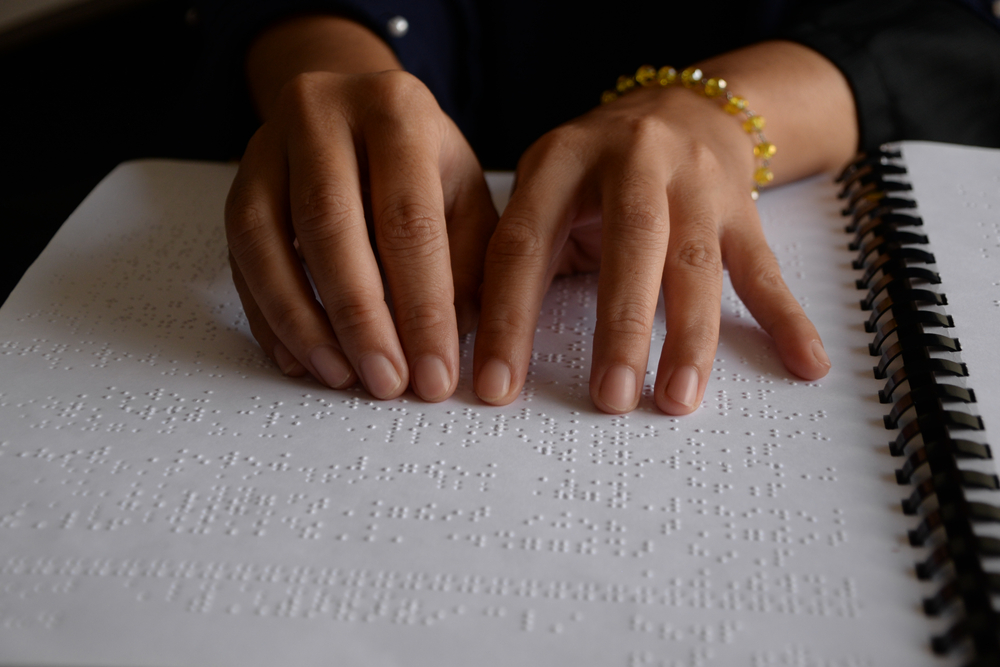World Braille Day is an international day on the 4th of January and celebrates awareness of the importance of braille as a means of communication for blind and visually impaired people.
The date was chosen by the United Nations General Assembly via a proclamation in November 2018 and marks the birthday of Lous Braille, the inventor of this system.
A brief history
Braille, a universally accepted system of writing used by and for blind people and consists of a code of 63 characters, each made up of one to six raised dots arranged in a 3*2 position matrix. It was first invented in 1824, by Louis Braille, a Frenchman who lost his eyesight because of a childhood accident. Braille invented the system at 15 years old while in a Parisian school. His system was immediately welcomed and used by his fellow students. In 1854, two years after his death, the system was officially adopted by the school in Paris. In 1932, a universal Braille code for the English-speaking world was adopted. As of today, the Braille system is available in more than 133 languages, used by blind and vision-impaired people across the globe.
Cause of congenital vision impairment
Most of the current users of Braille are people who suffer from vision impairment or vision loss at a young age. Despite uncommon in the general population, here is a list of potential causes of vision impairment at a young age:
- Cortical vision impairment: the parts of the brain that control sight is impaired due to neurological conditions
- Genetic conditions like albinism and retinitis pigmentosa
- Viral infection during pregnancy: rubella, cytomegalovirus, toxoplasmosis etc
- Trachoma: bacterial infection causes inflammation in the eye, which results in irreversible blindness
- Premature birth
- Blunt trauma to the eyes, to the pathways connecting the eye to the brain, or to the visual centre of the brain
Signs of vision impairment
The time of onset for congenital vision impairment is usually earlier than babies can talk and communicate with their parents. And children with vision problems usually have normal-looking eyes.
Most babies start to focus on objects or faces by 4-5 weeks of age and start smiling at familiar faces by 6-8 weeks. If they have trouble doing this, here are some other signs to look out for:
- Their eyes always move quickly from side to side, and jump around, without much focusing
- Their eyes never follow a particular face or object
- They don’t react to dark to bright transition
- They don’t make eye contact with you
Diagnosis and the road forward
For parents, if you are worried your child might have impaired vision, make an appointment with a paediatric optometrist to get their eyes checked. Multiple clinical tests would be run on your child to determine the extent of vision impairment. Most of the tests are non-invasive but do require full cooperation from your children, which sometimes may need parents’ help.
For children with confirmed vision impairment, the earlier they start to learn braille, the easier for them to master the language. As a matter of fact, the majority of people who go blind in later life are unable to master the small dots of the braille system. Meanwhile, the latest report from The New York State Commission for the Blind says braille literacy is decreasing because of fewer trained instructors, also due to improved technologies such as talking computers and electronic books. However, this does not mean braille is outdated or obsolete. It remains the number 1 choice of literacy for children with congenital blindness and is still one of the most universally acceptable languages in the world.












